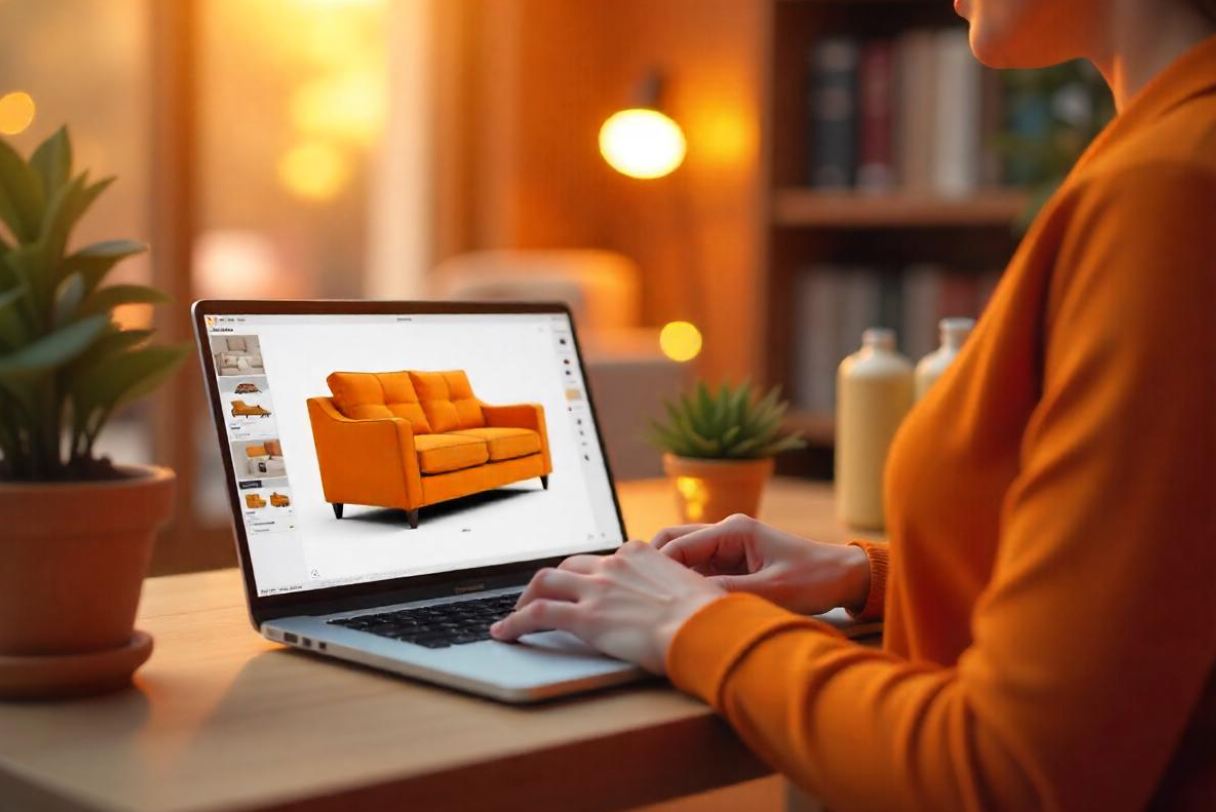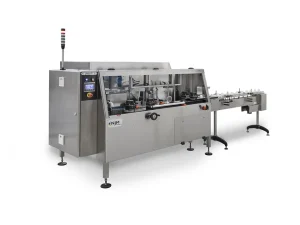The Power of High-Quality 3D Product Visualization in Modern Business

In today’s competitive digital marketplace, the ability to communicate product value clearly and convincingly can make or break a business. This is where high-quality 3D product visualization steps in as a transformative tool and by blending technology with artistry, it allows brands to showcase products in stunning detail—often before they even exist in physical form. Far from being just a flashy marketing trend, 3D visualization is redefining how businesses design, promote, and sell their offerings across industries.
Beyond Static Images: Why 3D Visualization Matters
Traditional product photography has long been the go-to method for presenting items to customers. However, it comes with limitations: costly photoshoots, time-consuming staging, and the inability to showcase prototypes or customizable variations effectively. High-quality 3D visualization eliminates these roadblocks. Instead of shipping prototypes to photo studios, companies can generate photorealistic renderings from digital models.
For customers, the difference is even more impactful. Instead of relying on static pictures, they can view products from multiple angles, zoom in on intricate details, or even customize colors and textures in real-time. This interactivity builds confidence in purchase decisions, reducing returns and increasing customer satisfaction.
The Key Benefits for Businesses
- Cost Efficiency
Although the initial setup for 3D visualization can seem like an investment, it quickly proves cost-effective. Companies avoid repeated photoshoots for each product variation, seasonal collection, or packaging update. Once a 3D model is built, it can be endlessly repurposed across campaigns. - Accelerated Time-to-Market
In industries like fashion, furniture, or consumer electronics, speed is crucial. 3D visualization allows businesses to launch marketing campaigns before the product physically exists. This not only shortens the gap between design and sales but also enables early customer feedback. - Unlimited Creative Flexibility
Photographers are often constrained by physical environments—lighting, locations, or weather conditions. In contrast, 3D artists can create anything from a minimalist white background to a dramatic futuristic cityscape. The creative freedom ensures products are shown in the best possible light, no matter the concept. - Enhanced E-Commerce Experiences
As online shopping becomes the norm, customers crave confidence in their purchases. High-quality 3D product visualization enables features like 360-degree product views, augmented reality (AR) previews, and customization tools—all of which significantly boost engagement and conversions.
Industries Leading the Way
Several sectors have already embraced the power of 3D visualization:
- Furniture & Interior Design: Retailers like IKEA allow customers to visualize furniture in their own homes using AR. This eliminates uncertainty about fit, style, and proportion.
- Automotive: Car manufacturers create lifelike configurators where buyers can experiment with paint finishes, interior trims, and wheel options.
- Fashion & Apparel: Brands use 3D rendering to test patterns and fabrics before manufacturing, reducing waste and speeding up design cycles.
- Technology & Consumer Electronics: From smartphones to gaming consoles, companies rely on 3D models to highlight design details and features that would be hard to capture with traditional photography.
These industries are just the beginning. As software becomes more accessible, even small businesses and startups are finding opportunities to leverage 3D visuals without massive budgets.
The Technology Behind the Magic
The effectiveness of 3D product visualization depends on a blend of advanced software and skilled artistry. Tools like Blender, 3ds Max, Cinema 4D, and specialized rendering engines such as V-Ray or Redshift make photorealism possible. Yet software alone doesn’t guarantee success—talented artists are needed to craft textures, materials, lighting, and compositions that feel authentic and emotionally engaging.
Another key advancement is real-time rendering technology. Unlike traditional rendering, which can take hours per frame, real-time engines (such as Unreal Engine or Unity) allow for interactive product configurators and immersive AR/VR experiences. This capability is particularly valuable for e-commerce platforms that aim to keep customers engaged.
Challenges and Considerations
While the advantages are undeniable, businesses should also be mindful of potential challenges. Creating convincing 3D models requires skilled professionals, which may be a learning curve for companies new to the space. Additionally, there’s a balance to strike between realism and performance—highly detailed models can be heavy on system resources, potentially slowing down user experiences online.
However, as hardware and software continue to advance, these challenges are rapidly diminishing. Cloud rendering and optimized workflows are making high-quality visualization more accessible than ever.
Looking Ahead: The Future of Product Visualization
The future of 3D product visualization is tightly connected to immersive technologies. Augmented reality shopping apps will let customers virtually “try” products in their homes or on their bodies with increasing accuracy. Virtual reality showrooms will allow businesses to host product launches without physical constraints. Meanwhile, artificial intelligence is beginning to streamline modeling and texturing processes, reducing the time needed to create assets.
Ultimately, the trend points toward a more personalized, interactive, and seamless shopping experience. Customers will not only see products but also experience them virtually before making a purchase decision.
Conclusion
High-quality 3D product visualization has evolved from a niche design technique into a mainstream business necessity. It empowers companies to reduce costs, speed up go-to-market strategies, and deliver immersive customer experiences that static photos simply can’t match. As industries continue to adopt and refine these tools, visualization will play a central role in shaping the future of digital commerce and product design.
For businesses looking to stand out in an increasingly crowded marketplace, embracing 3D visualization is not just an option—it’s a strategic imperative.



